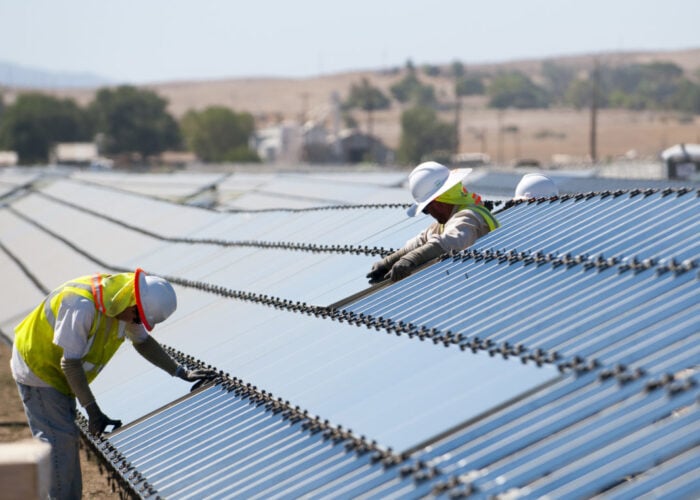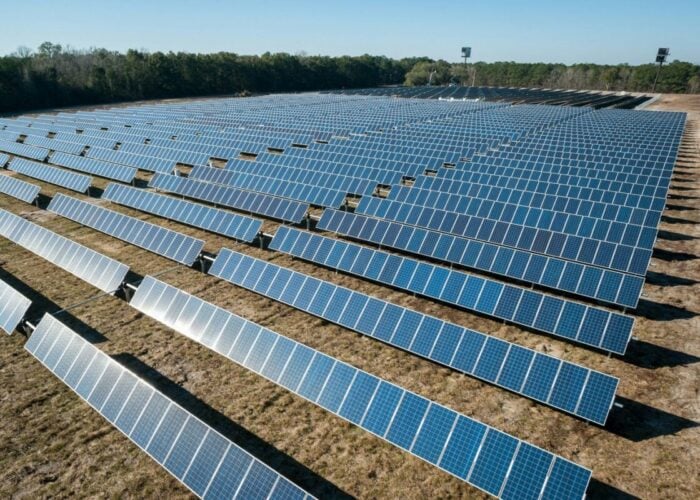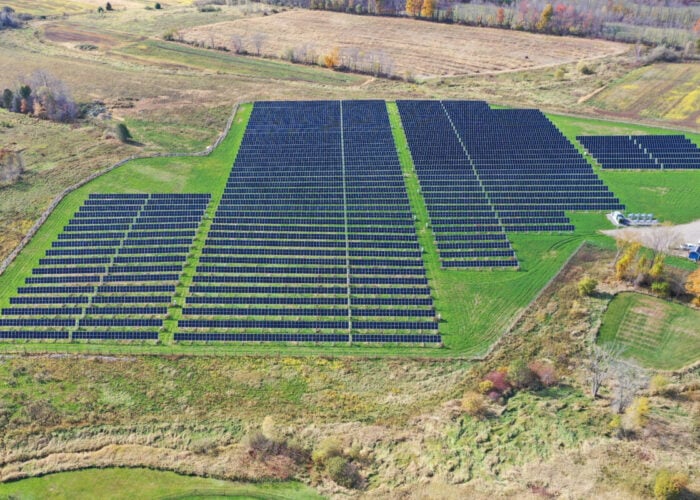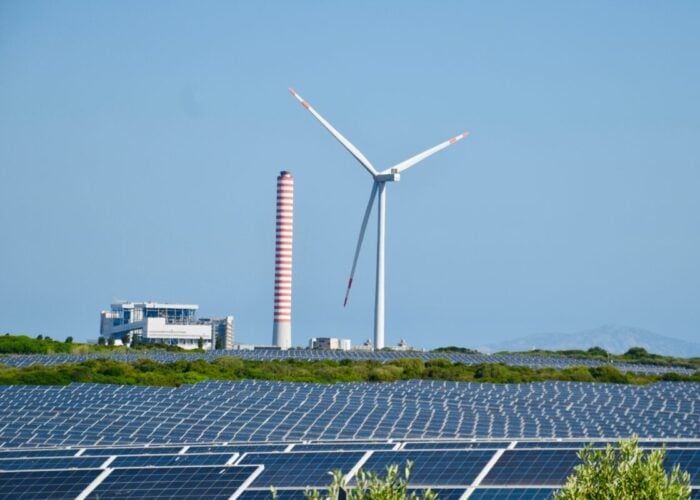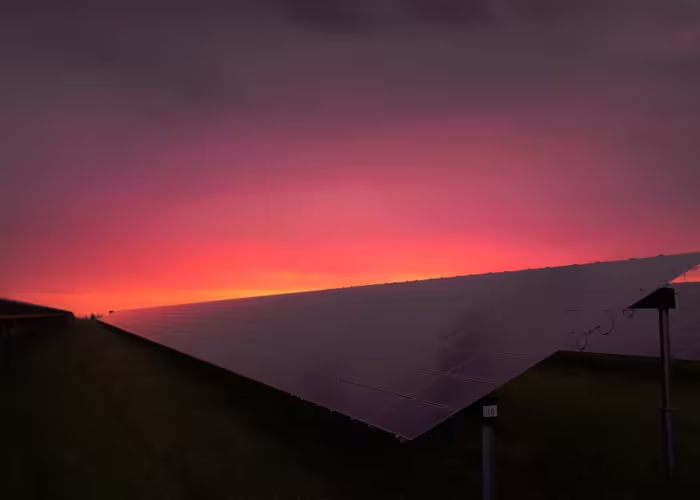PV Tech caught up with Scott Howard, global marketing manager, Solar Energy Solutions, at Minnesota-based materials science firm 3M to discuss how sunlight can be redirected for improved efficiency in PV modules:
The drive for higher efficiency in modules is clear, so what is LRF and how can it help?
Try Premium for just $1
- Full premium access for the first month at only $1
- Converts to an annual rate after 30 days unless cancelled
- Cancel anytime during the trial period
Premium Benefits
- Expert industry analysis and interviews
- Digital access to PV Tech Power journal
- Exclusive event discounts
Or get the full Premium subscription right away
Or continue reading this article for free
Scott Howard: LRF means Light Redirecting Film – It's an optical film that is placed inside the module and it redirects otherwise-reflected light energy onto the active portion of the solar cell so it uses a larger percentage of incoming light.
It’s a solar cell-agnostic technology that can be used on multicyrstalline, monocrystalline, mono-PERC, bifacial or any variety of cell where there are busbars. It can add an extra 1.5-2% power gain to the modules so you get more power output per unit area.
Why have OEMs rapidly adopted this technology?
We’ve seen very strong adoption in the past two years since the launch in 2016. We’ve put over 20GW worth of it in the market and a lot of the largest players in the world are behind the adoption. We think they have adopted it for a few reasons: 1) LRF has been proven in mass production with minimal impact on yields. It’s a fully integrated process done right at the cell stringing step and 2) 3M’s LRF technology fundamentally shifts modules into a higher efficiency bin, so we are adding 4 or 5 watts on average to the panels and really shifting their production up a power grade.
What unique capabilities does 3M bring to this field?
Our background in optical science fundamentally aids us and this product really comes from our success in the display industry so we are using modelling to design a light redirecting structure and then we are also applying our long history of weathering science alongside material science to make sure that this material itself provides not just the immediate optical benefit but also the durability required to stay in the module for the 25-30 year lifetime expectancy.
This morning at PV ModuleTech 2018, we've heard about lots of different failure modes, different degradation modes and we want to make sure this product is designed not to be the cause of that. There are so many other factors. We want to make sure that we are at least harnessing whatever light is coming in and directing it down on to the cell. After that its up to the module customers to make sure those electrons move properly, but we are going to make sure they get the solar energy to the spot on the module where it can be used.
Are there any new products in the pipeline?
Since we've launched in the market for two years, we've really proven the platform and the material set for long-term usage in the module, but there's other addressable spots in the module that are otherwise dead or unused. We have active programmes looking at additional ways to use our light management technology to continue increasing the power output of solar modules. We hope to be able to discuss those new products openly in the near future.
What can module makers do to mitigate risk when they are releasing new types of module into the market?
Fundamentally, we hope that they use and highlight the use of high quality materials from reputable suppliers. Providing some transparency into these input materials will help increase confidence that the module has been designed and manufactured with quality and reliability in mind.

